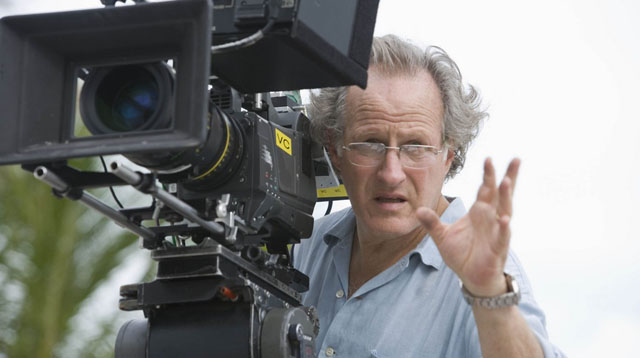Interesting that it’s the Germans who’ve alerted us: Michael Mann turns 70 today. Verena Lueken writes up a salute in the Frankfurter Allgemeine Zeitung, arguing that Mann’s “one of the greats,” and Cargo co-editor Simon Rothöhler has found the perfect clip for the day:
Back in the summer of 2009, Matt Zoller Seitz launched a five-part series of video essays on Mann for Moving Image Source. The title of the series: Zen Pulp, and he began, of course, with one of the definitive television series of the 80’s, Miami Vice: “Looking back on the show’s signature themes, situations, and images, Vice is so clearly set in Mann’s world that it seems a nexus point in his career. Everything he’d done before fed into it and nourished it; everything he’s done since reflects upon it, raids it, or builds on it.”
Part 2 focused on Mann’s heroes, “thieves and killers, G-men and cops. They exist both inside and outside the system. Some like working in concentrated groups; others are lone wolves. But they all have certain traits in common. They are radical, sometimes fanatical individualists. They have a code of honor and stick to it. They value loyalty, respect, and professionalism and despise incompetence, equivocation, and ass-kissing.” Part 3 turns to “one of the more notable aspects of Mann’s filmography: the central importance it grants to the relationship between men and women, and the mix of idealization and dread with which Mann portrays love, commitment, and the comfortable domestic life.” Part 4 concentrates on reflections, doubles, and doppelgängers, and Part 5 takes us back to the 80’s, to Crime Story.
MUBI’s Notebook has long been a hub of Mann appreciation, hosting, for example, a lengthy roundtable discussion on Public Enemies that same summer. A few months later, Ignatiy Vishnevetsky wrote up a ten-film retrospective in Chicago. Fernando F. Croce: “Since Thief (1981), Mann has gradually shifted from an image-based artist to a movement-based artist.” Ben Sachs: “The auteurist defense of Michael Mann tends to overlook that his creative freedom came only after years of playing by Hollywood’s rules and that even his most personal films exist within popular genres. Mann’s debt to modern Hollywood is most evident in The Last of the Mohicans (1992), a film whose very conception—a big-budget action movie with specious literary pedigree—reflects the cake-and-eat-it mentality of the latter-day blockbuster.”
Carson Lund zooms in on a detail, “an unexpected and unusual compositional focus on the ear. Mann doesn’t so much glamorize the cosmetics of the ear but rather makes it an intractable fact of life in so many of his images.” And just over a year ago, Ignatiy Vishnevetsky reviewed the short-lived HBO series, Luck, and the title was a grabber: “And Then The Camera Goes Up The Jockey’s Ass.”
More Mann: Omar Ahmed, Anna Dzenis (Senses of Cinema), and John McCarty (Film Reference).
Update: Cinephilia & Beyond posts a big Mann roundup: the screenplay for Heat (1995), docs to watch, links and more.
For news and tips throughout the day every day, follow @KeyframeDaily on Twitter and/or the RSS feed. Get Keyframe Daily in your inbox by signing in at fandor.com/daily.




